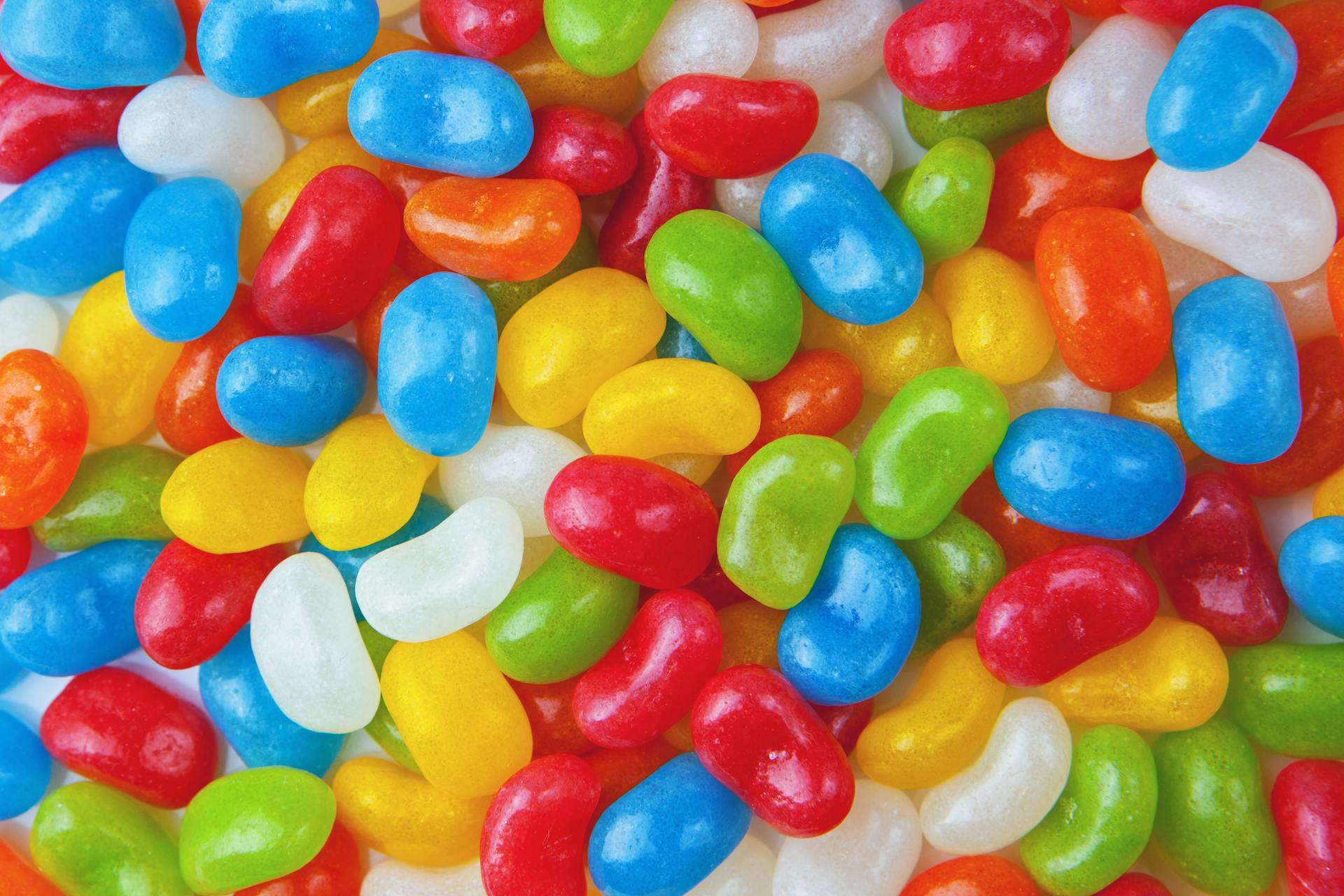
We all know the feeling: you pop a piece of candy into your mouth, savor the sweetness, and minutes later, bits of it are clinging stubbornly to your teeth. Ever wondered why some candies stick so tenaciously to your teeth? Let’s dive into the science behind why sugary treats tend to get stuck and how this interaction between candy, saliva, and teeth works.
1. The Role of Sugar and Texture in Sticky Candies
Candies vary widely in ingredients and textures, but one common ingredient that often makes them clingy is sugar. When you chew sticky candies like caramels, taffy, or gummies, they release sugar that quickly interacts with saliva. Many candies are also high in corn syrup, which is even stickier and adds to their gooey texture.
Here’s why these sticky candies are especially clingy:
- High Sugar Content: Sugar molecules are naturally adhesive when moist, making it easy for them to attach to surfaces.
- Corn Syrup: Used in many chewy candies, corn syrup acts as a binding agent, creating a dense, sticky consistency.
- Soft Texture: Chewy candies like taffy and caramels have pliable textures that allow them to mold to the shape of your teeth.
When you chew, the candy softens further and can adhere to the small grooves and uneven surfaces of your teeth.
2. Saliva and Sugar: A Sticky Interaction
Saliva plays a surprisingly active role in how candy sticks to teeth. Composed mainly of water, electrolytes, and enzymes, saliva helps dissolve sugars and break down food particles. But the enzyme amylase, which helps break down starches, doesn’t work on sugar in the same way. Instead, saliva moistens the sugar in candies, helping them stick even more to the surfaces of your teeth.
When sugar dissolves in saliva, it becomes even more adhesive. For example, sticky candies become “stickier” in your mouth than they are at room temperature because your saliva activates their sugar molecules and softens them, allowing them to easily adhere to teeth.
3. The Structure of Teeth: Grooves and Crevices
The structure of your teeth is a key factor in why candy gets stuck. Our teeth are not flat surfaces; they have grooves, ridges, and small pits, especially in the molars. These areas are perfect traps for sticky foods.
- Molars: These back teeth have deep grooves to aid in grinding food, but they can also act as a sticky candy’s best friend. Sticky treats can easily become lodged in these grooves.
- Enamel Surface: While enamel is smooth, it’s not completely flat on a microscopic level. Tiny ridges and rough areas allow sugar molecules to settle and stick.
Once sugar or candy bits get trapped in these crevices, they’re harder to remove simply by rinsing or drinking water.
4. Acidity and Tooth Decay: How Sticking Causes Damage
One of the main issues with sticky candies is the amount of time sugar spends on your teeth. The longer sugar stays on your teeth, the more it fuels the growth of bacteria. Bacteria in your mouth feed on sugar, producing acids as a byproduct, which eventually wear down enamel and lead to cavities.
- Acid Production: The bacteria in your mouth, such as Streptococcus mutans, break down sugar and produce acid.
- Demineralization: This acid erodes the minerals in enamel, making it easier for cavities to form. If sticky candy remains on your teeth for an extended period, the acidity continues to attack your enamel, increasing the risk of decay.
Candies that are chewed or sucked on slowly tend to cause more damage than candies you can quickly swallow, as they extend the time sugar is present in your mouth.
5. Tips to Minimize Sticky Candy’s Effect on Your Teeth
While avoiding sticky candy is one way to prevent this sugary residue from clinging to your teeth, you can also try these tips to minimize its impact:
- Rinse with Water: After eating candy, swishing with water can help remove some of the sugars and acids from your teeth, reducing their exposure to decay.
- Brush Soon After Eating: If possible, brush your teeth 20-30 minutes after eating candy. This waiting period allows your saliva to neutralize acids, protecting your enamel from abrasion.
- Choose Sugar-Free Gum: Chewing sugar-free gum after eating candy can stimulate saliva production, helping to wash away sugar particles.
- Limit Candy to Mealtime: Eating candy alongside other foods can reduce its sticky effects, as the saliva production during meals helps dissolve sugars.
The Bottom Line
The interaction between candy, sugar, and saliva creates the perfect storm for sticky situations with your teeth. From the grooves and ridges in your molars to the way saliva activates sugar’s sticky properties, several scientific factors contribute to why candies can cling so tenaciously. By understanding the science behind this, you can make better choices about how and when to enjoy your favorite sweets—keeping both your teeth and your sweet tooth happy!
Indulging in candy doesn’t have to mean sacrificing your dental health. With a bit of awareness and preventive care, you can enjoy the sweetness without the stickiness!




